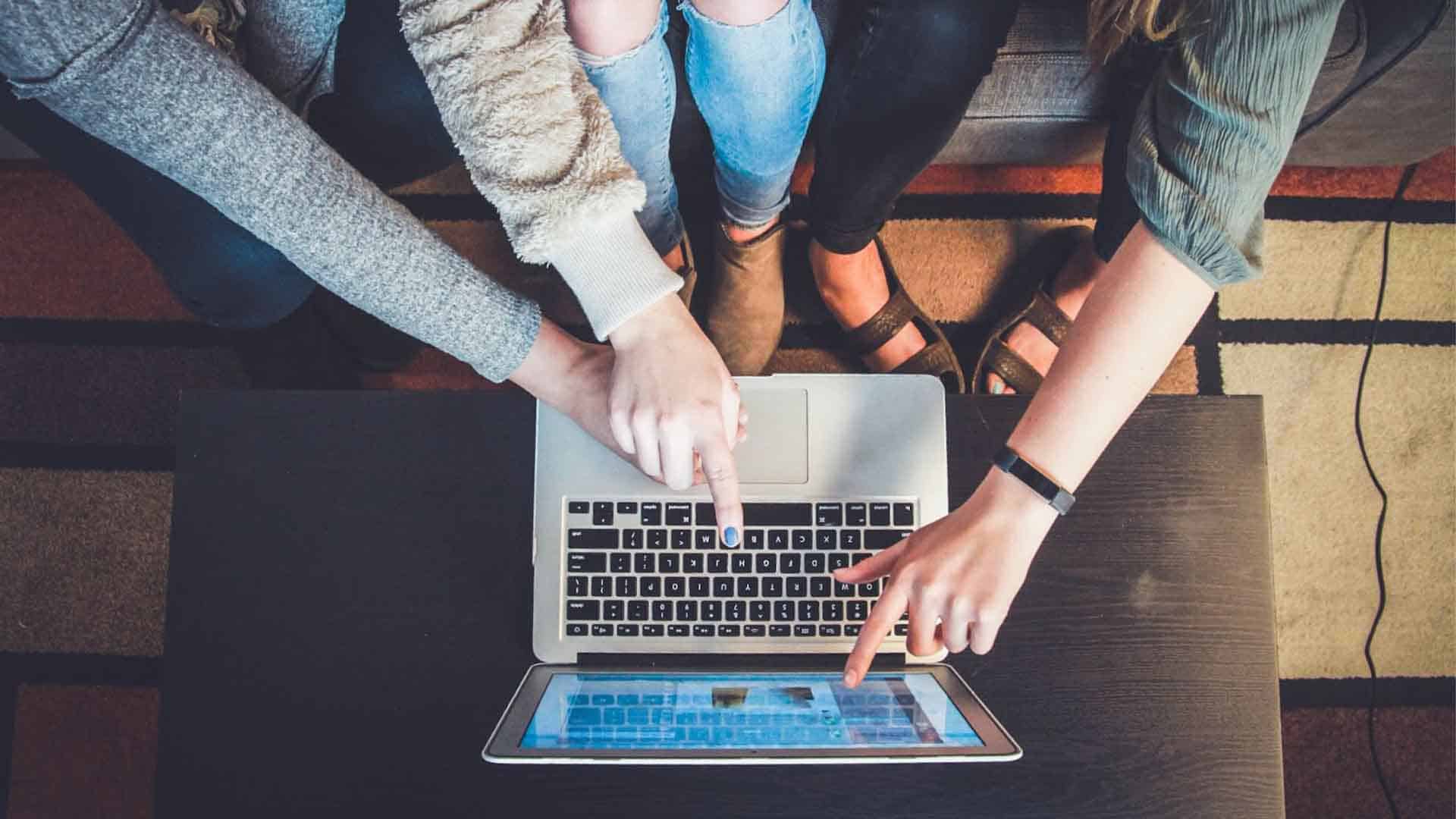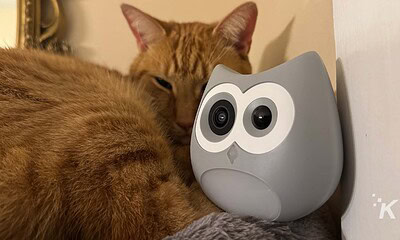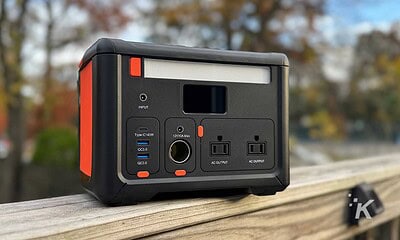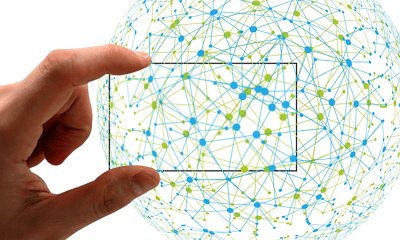Sponsored
Generative AI threat to education: Law school expert explains
Discover the impact of AI in education as a law school expert explains the threat it poses to exams and coursework.

Just a heads up, if you buy something through our links, we may get a small share of the sale. It’s one of the ways we keep the lights on here. Click here for more.
As generative artificial intelligence technology is becoming more advanced and widely available, we are likely to continue to see it adopted in more use cases.
As workers in several industries continue to worry about whether AI will take over their jobs, educators are questioning how these innovations will affect the classroom.
“Artificial intelligence is a powerful new resource that can help students learn in academic settings,” says Joseph Wilson, co-founder of Studicata, an online learning platform that helps prepare law school students for exams — including the bar.
“But many educators view it as little more than a tool that helps students cheat.”
How AI will affect the classroom
Educators are beginning to see the influence of artificial intelligence more profoundly in areas such as take-home exams and essay assignments, as students can use AI technology to help them draft or answer their responses.
Although there are plenty of legitimate uses of artificial intelligence in education — from research to brainstorming topics — some students have begun to use AI as a replacement for their work, using it to complete assignments in their entirety.
“The biggest threat of artificial intelligence in the classroom is the creation of learning disparities,” says Wilson.
For one, students who use artificial intelligence to complete their assignments and exams may be less likely to actually learn the material, leaving them unprepared to enter the field.
A more malicious disparity comes in the form of students who use artificial intelligence to improve their scores, giving them an unfair advantage over their peers who did not gain an advantage by using this technology.
Preventing students from using AI to cheat

The first — and most important — step educators must take to combat the negative influence of AI in the classroom is to ensure clear guidelines and equal access.
The use of artificial intelligence is not necessarily a bad thing,” says Wilson, “but educators must still set clear expectations of how AI tools can — and cannot — be used for assignments and exams, and create a definite policy of how this can be enforced. If certain artificial intelligence tools are allowed, steps must be taken to ensure that every student has equal access and no one is left out.”
Although there are AI detection tools available on the market, they are even more in their infancy than the artificial intelligence tools themselves.
The use of tools like these is not new to educators, as plagiarism detection software has been relatively widespread in academia for years. In fact, some of these plagiarism detection softwares have announced an expansion into AI detection.
However, until these programs and platforms become more reliable, educators must ensure they are not making mistakes and penalizing students for work that is not actually created by AI.
“The more concrete way to avoid the influence of artificial intelligence on exams — although one that is more hands-on — is to adjust the mode of instruction to be more in-person,” Wilson explains.
“Rather than testing through essays or take-home exams, consider oral exams or proctored in-classroom exams that are less susceptible to AI-assisted cheating.”
Alternatively, Wilson recommends considering testing on topics related to current events or more niche readings, both of which artificial intelligence programs are less likely to have been trained on.
Preparing students for the future of AI

Ultimately, educators must remember their true purpose: preparing students for their future as working professionals.
With the advent of AI technology, it is becoming increasingly clear that professionals in nearly every field will see their work augmented by artificial intelligence in some way.
“As a teacher, it is your responsibility to find ways to responsibly integrate artificial intelligence into the classroom,” Wilson says.
“Of course, cheating must still be avoided, but it would be ideal for teachers to prepare students for a future where they coexist with and use AI tools as an enhancement— rather than a replacement — for their daily lives.”
Have any thoughts on this? Drop us a line below in the comments, or carry the discussion to our Twitter or Facebook.
Editors’ Recommendations:
- Humans and ChatGPT mirror mutual language patterns – here’s how
- AI leaders sound the alarm with a 22-word wake-up call
- Opera’s new AI browser, Opera One, makes you feel like Tony Stark
- The best AI website builders (2023)
Disclosure: This is a sponsored post. However, our opinions, reviews, and other editorial content are not influenced by the sponsorship and remain objective.



































